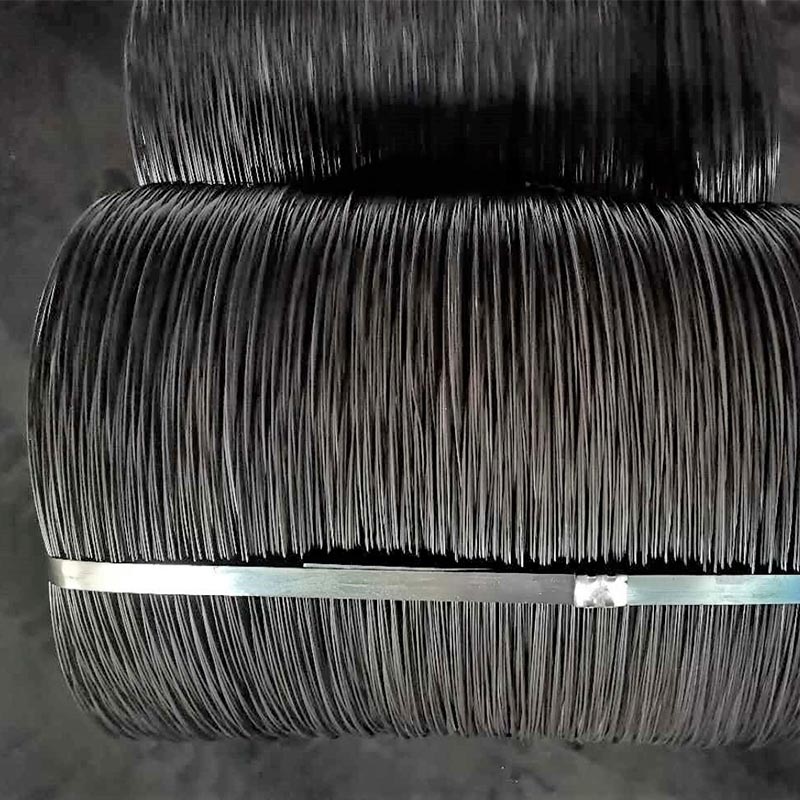Differences Between Cold-Drawn Wire and Annealed Wire
Cold-drawn wire and annealed wire are two distinct types of wire products that serve various purposes in construction and other industries. Let's explore the differences between them and the applications where each type excels.
Annealed Wire:
Annealed wire is known for its excellent elasticity and flexibility. It is made from high-quality iron wire and is primarily used in the construction industry for tying and binding purposes. Annealed wire is softer and more flexible compared to general cold-drawn wire, offering uniform softness and color consistency.
The production of annealed wire involves a series of processes, including cold drawing, heating, temperature control, and insulation. This results in a soft and pliable iron wire product. Annealed wire's composition can vary depending on its intended use. It may contain elements like iron, cobalt, nickel, copper, carbon, zinc, and other additives.
Annealed wire is particularly valued for its ease of use in construction applications. Its flexibility and ability to be easily manipulated make it ideal for securely tying reinforcing bars, binding materials together, and creating tight connections. The color consistency of annealed wire is another advantage, as it ensures a uniform and clean appearance in construction projects.

Cold-Drawn Wire:
Cold-drawn wire is a product of cold metalworking processes. It is typically manufactured from coiled wire rod, which is commonly referred to as steel rebar. The cold-drawing process involves pulling the wire through a series of dies, reducing its diameter while increasing its length. As a result, the wire's hardness increases, and its plasticity decreases.
Cold-drawn wire is known for its high strength and durability, which makes it suitable for various applications, especially in the construction industry. One of the primary uses of cold-drawn wire is for prestressed concrete structures, such as precast concrete components and post-tensioned concrete. These structures require high-strength materials to withstand structural loads.
In situations where plasticity is not a primary concern, and strength is the priority, cold-drawn wire is a suitable choice. The hardened nature of cold-drawn wire provides exceptional strength, making it well-suited for use in applications where the material must bear heavy loads and stress.
Conclusion:
In summary, the key difference between black annealed wire and cold-drawn wire lies in their mechanical properties and intended applications. Annealed wire offers flexibility and uniform softness, making it ideal for tying and binding purposes in construction. On the other hand, cold-drawn wire is hardened through the cold-drawing process, resulting in high strength and durability, which is well-suited for use in applications where strength is crucial, such as in prestressed concrete structures. Understanding the unique properties of each type of wire allows for the informed selection of the most appropriate material for a specific task.
287
0
0

Comments
All Comments (0)